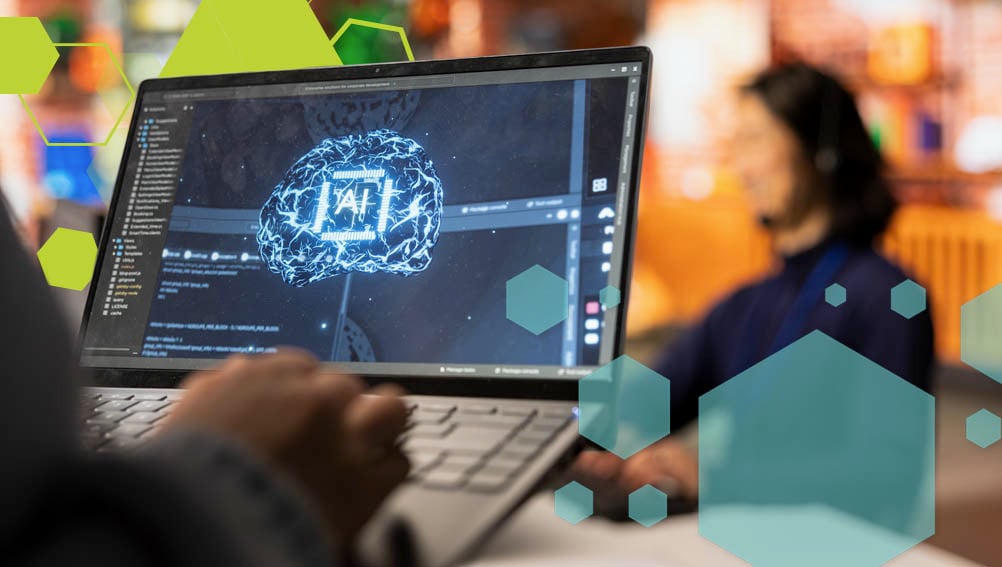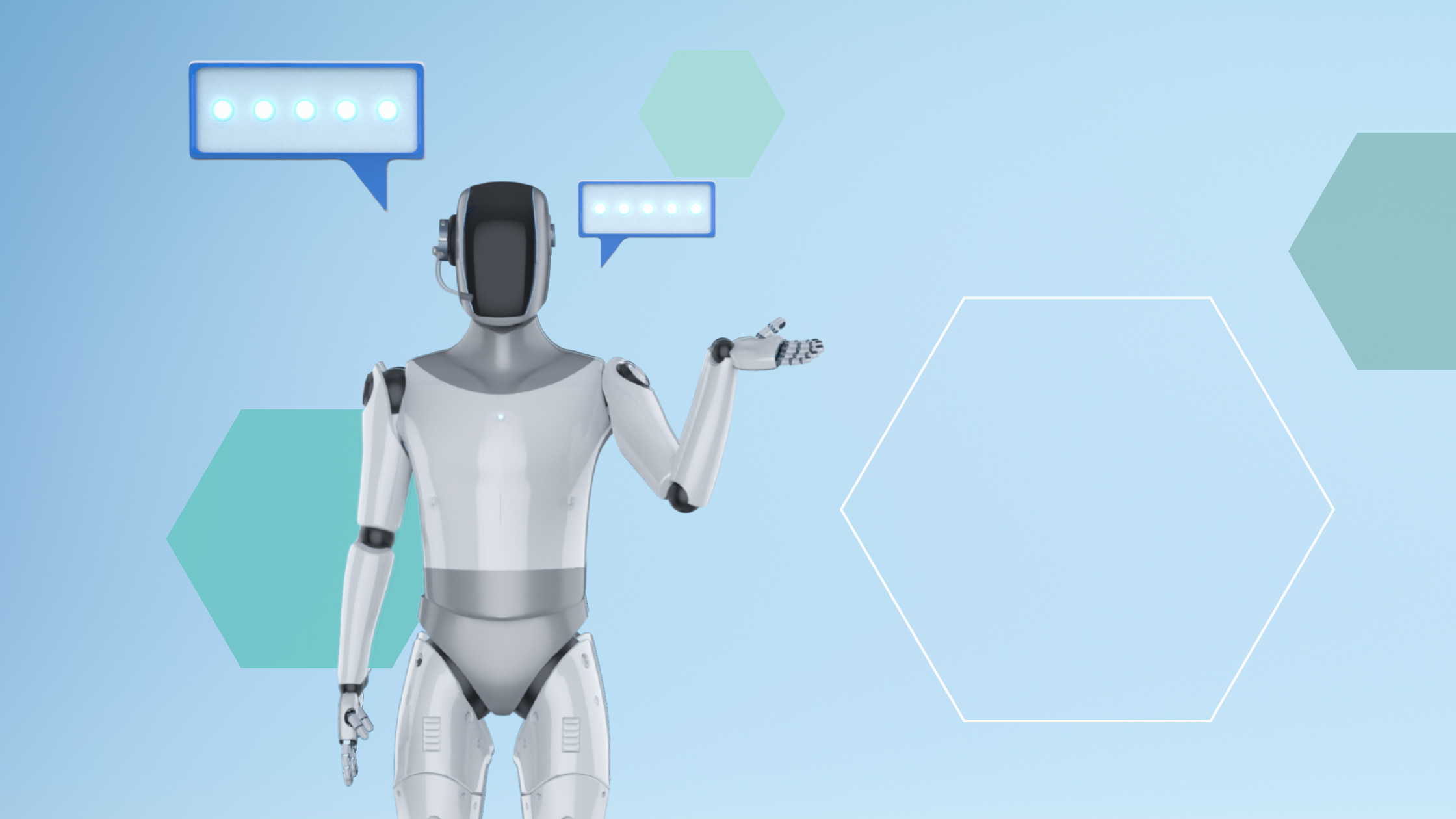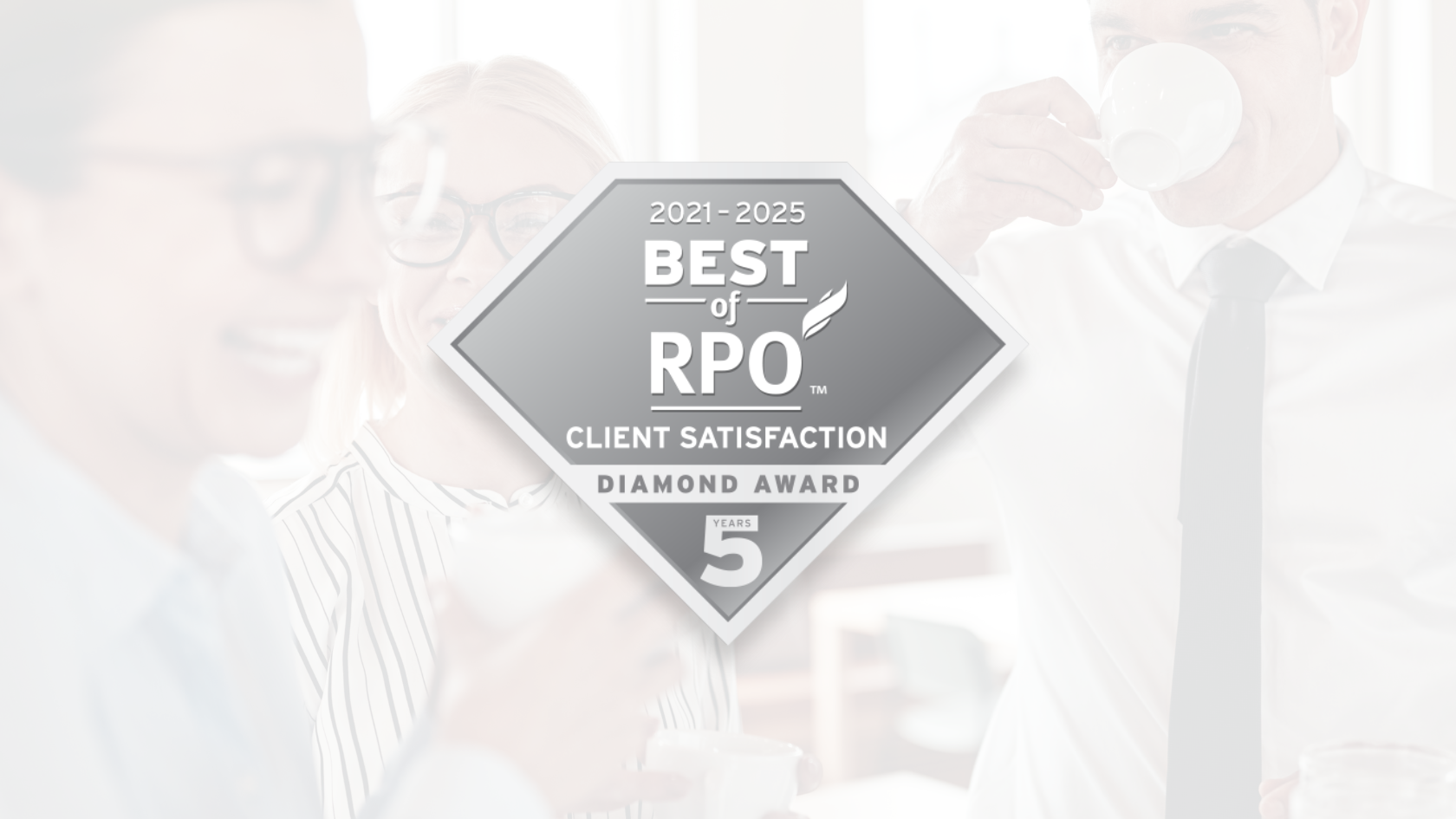 READ MORE
READ MORE
Empowering Veterans Through Purpose-Driven Recruitment
Hiring the right people is critical to any organization’s success—and veterans are among the most valuable candidates in today’s...
- Topics:
- Talent Acquisition Strategy,
- Talent Management,
- Culture & Diversity
 READ MORE
READ MORE
Effective Recruiting Strategies During Economic Uncertainty
Economic slowdowns and rising costs have made workforce planning increasingly complex. U.S. job growth has cooled sharply, with...
- Topics:
- Recruiting
 READ MORE
READ MORE
AI Candidate Screening: Common Pitfalls and How to Avoid Them
Artificial intelligence is reshaping talent acquisition, offering speed, scale, and efficiency that traditional recruiting...
- Topics:
- Talent Acquisition Strategy,
- Recruiting
 READ MORE
READ MORE
RPO Transition Guide: How to Switch RPO Providers Seamlessly
When your RPO partner no longer meets the mark, whether it's missed SLAs, stagnant strategies, or poor candidate experiences,...
- Topics:
- Recruitment Process Outsourcing,
- Talent Acquisition Strategy,
- Recruiting
 READ MORE
READ MORE
How AI Can Improve and Accelerate the Recruitment Process
Across industries, talent acquisition teams are rethinking how they work, and artificial intelligence (AI) is at the center of...
- Topics:
- Talent Acquisition Strategy,
- Recruiting
 READ MORE
READ MORE
5 Signs You’ve Outgrown Your RPO Provider
A Recruitment Process Outsourcing (RPO) partner can be a powerful ally to streamline hiring, reduce costs, and access top talent...
- Topics:
- Recruitment Process Outsourcing,
- Talent Acquisition Strategy,
- Talent Management
 READ MORE
READ MORE
AI Screening 101: Balancing Innovation with Human Insight
Artificial intelligence (AI) is transforming almost every part of business, including recruitment. AI tools can speed up resume...
- Topics:
- Talent Acquisition Strategy,
- Talent Management
-1.jpg) READ MORE
READ MORE
The Future of Hiring: Integrating AI into Recruitment Strategies
Long gone are the days of scanning applications and resumes manually. Today's forward thinking organizations are leveraging AI...
- Topics:
- Talent Acquisition Strategy,
- Talent Management
 READ MORE
READ MORE
Hueman Debuts AI-Powered RPO Feature to Accelerate Hiring for Partners
Jacksonville, Fla., Apr. 21, 2025 – Hueman, a leader in talent acquisition solutions, announced the launch of Hueman AI today, a...
- Topics:
- Recruitment Process Outsourcing
 READ MORE
READ MORE
Hueman Earns ClearlyRated's Best of RPO 2025 Award
ClearlyRated's Best Of RPO 2025 Diamond Award JACKSONVILLE, Fla., Feb. 4, 2025 – Hueman RPO has been honored with...
- Topics:
- Recruitment Process Outsourcing

